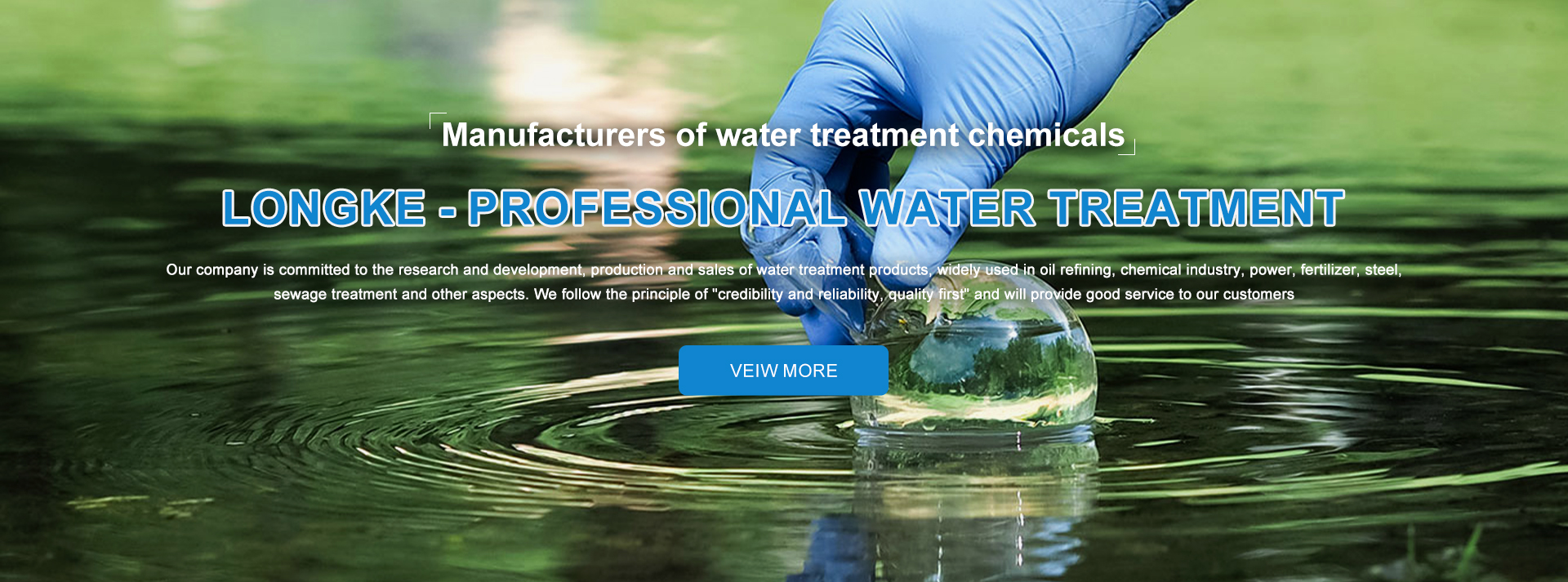hedp na4
HEDP (Hydroxyethylidene Diphosphonic Acid) Understanding Its Importance in Various Applications
Hydroxyethylidene Diphosphonic Acid (HEDP) is a chemical compound with a broad range of applications, particularly known for its efficacy as a scale and corrosion inhibitor. With the formula C2H8O7P2, HEDP is a type of phosphonate and is widely utilized in various industries, including water treatment, detergents, and ceramics. This article delves into the significance, properties, applications, and environmental impact of HEDP.
Properties of HEDP
HEDP is characterized by its high stability in different pH environments and its strong ability to chelate metal ions. Its molecular structure includes two phosphonate groups, which are responsible for its high affinity for metals such as calcium and magnesium. This makes HEDP effective in preventing scale formation in systems where water is heated or evaporated, such as in cooling towers and boilers. Additionally, HEDP plays a vital role in the prevention of corrosion in various metal surfaces, helping to extend the lifespan of equipment and save on maintenance costs.
Applications of HEDP
1. Water Treatment One of the most significant applications of HEDP is in the field of water treatment. HEDP is widely used to inhibit scale formation in industrial water systems, including cooling water systems, boilers, and desalination plants. By preventing scale accumulation, HEDP helps maintain operational efficiency and lowers energy consumption.
2. Detergents and Cleaners In the household and industrial cleaning sectors, HEDP is a common ingredient in detergents. Its ability to chelate metal ions not only enhances the cleaning efficiency but also prevents the deposition of minerals that can interfere with cleaning operations. This property makes HEDP a valuable additive in laundry detergents, dishwashing liquids, and various surface cleaners.
hedp na4

3. Ceramics and Paints HEDP is employed in the production of ceramics and paints to improve the stability of pigments and enhance the durability of the final products. By preventing the precipitation of metal oxides, HEDP helps in maintaining color consistency and performance in various formulations.
4. Oil and Gas Industry The oil and gas industry also benefits from HEDP's properties. It is used as a scale inhibitor in oil wells and during the extraction of natural gas. HEDP minimizes the formation of unwanted scale that can hinder production and reduce efficiencies.
Environmental Impact and Safety
While HEDP offers significant advantages across various industries, it is essential to consider its environmental impact. Unlike many other phosphonates, HEDP is known for its relatively low toxicity. However, its production and application should still be managed responsibly to minimize any potential ecological effects. Studies have shown that HEDP can degrade relatively well in the environment, particularly under aerobic conditions. Nevertheless, regulatory bodies continue to monitor its usage to ensure that it does not pose risks to aquatic life or groundwater quality.
In addition, manufacturers and users of HEDP are encouraged to adopt best practices to mitigate any adverse environmental effects. These include proper disposal of waste products containing HEDP and utilizing it in conjunction with other environmentally friendly compounds.
Conclusion
In summary, Hydroxyethylidene Diphosphonic Acid (HEDP) is a versatile compound with critical applications in water treatment, detergents, ceramics, and the oil and gas industry. Its effectiveness as a scale and corrosion inhibitor makes it invaluable across multiple sectors. However, it is equally important to be mindful of its environmental impact, ensuring that its use remains sustainable. As industries continue to evolve and develop more efficient practices, HEDP's role is likely to expand, reflecting its significance in contemporary applications.
-
Water Treatment with Flocculant Water TreatmentNewsJun.12,2025
-
Polymaleic AnhydrideNewsJun.12,2025
-
Polyaspartic AcidNewsJun.12,2025
-
Enhance Industrial Processes with IsothiazolinonesNewsJun.12,2025
-
Enhance Industrial Processes with PBTCA SolutionsNewsJun.12,2025
-
Dodecyldimethylbenzylammonium Chloride SolutionsNewsJun.12,2025





